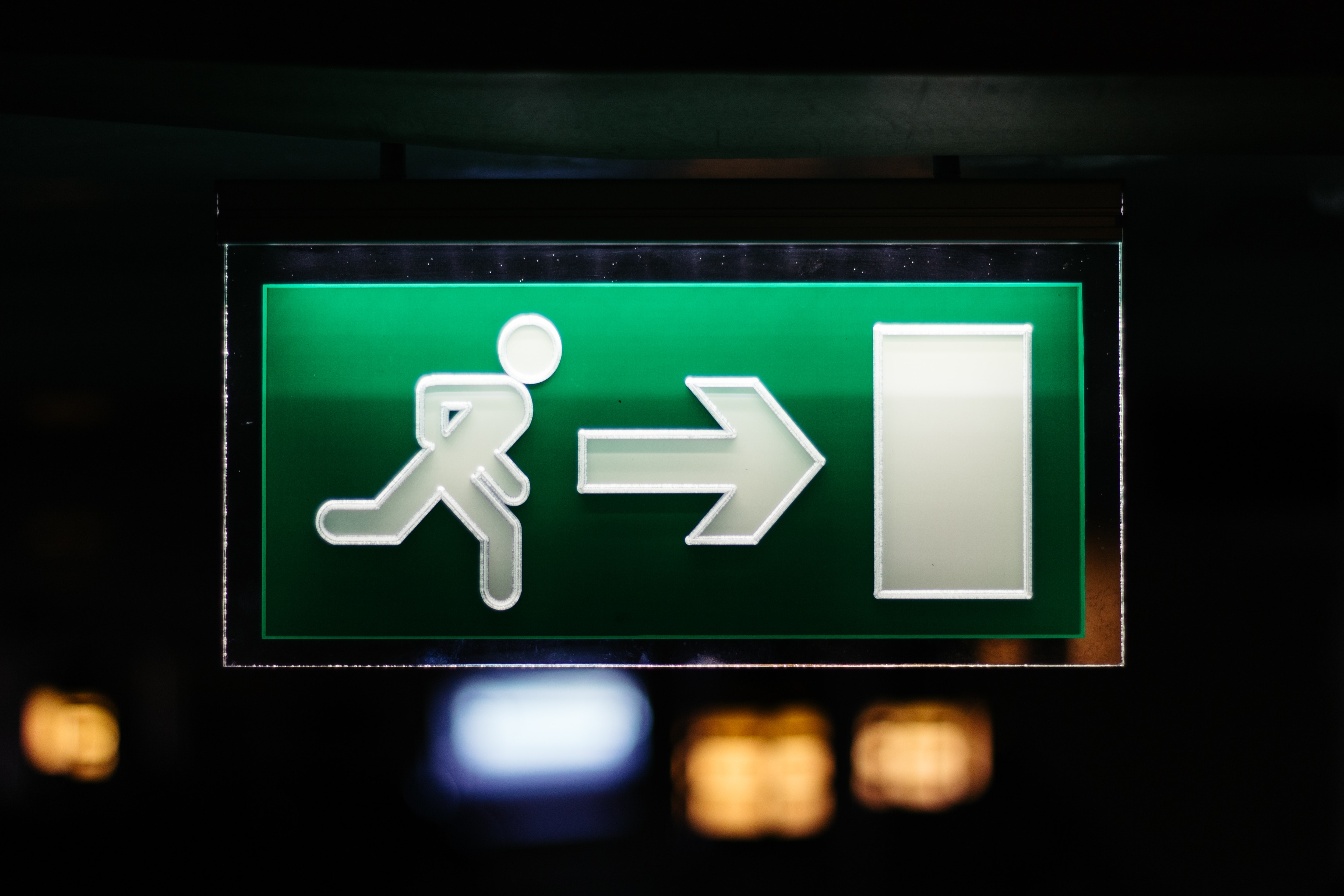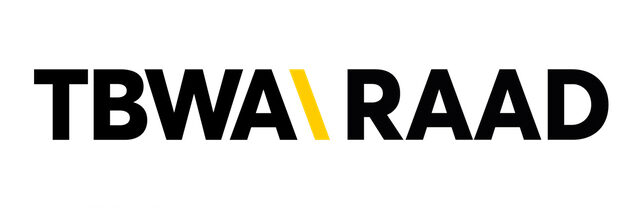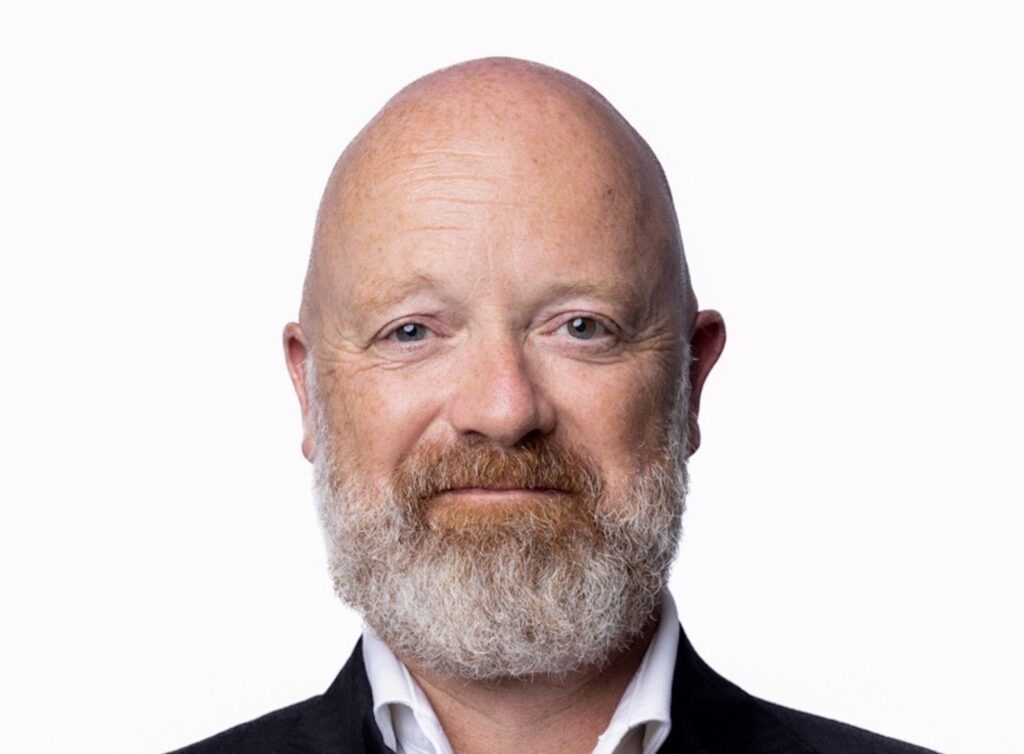
10 weeks. 70 days. 1,680 hours. Far too many Netflix binges to mention. Meaningless stats at any other time, but in the context of the coronavirus, it’s a stark reminder of our time in lockdown. It’s strange to think that we’ve spent over two months in self-isolation, practicing social distancing, and learning how to re-interact with everyone around us.
Businesses have moved online, companies have shifted their models, employees have become tech evangelists quicker than anyone would have anticipated. In essence, we’ve been living a “do or die” mentality during this pandemic. So, now that economies around the globe are beginning to open up, what comes next?
I could put my Nostradamus hat on again and make a load of predictions, but really, what’s the point in that? No one knows what lies ahead; the situation is changing too quickly, with multiple factors at play and an unpredictable virus that doesn’t want to play by society’s rules. The only thing we can be certain of right now is uncertainty, as annoying as that is to admit. We can’t control the environment in which we operate, but we can look at what’s happening to use as a barometer for the trends currently shaping our industry.
The golden e-commerce opportunity
While the world falls apart, the stock market – and especially ad tech – keeps on pumping.
Considering the ripple effect that has been felt throughout every sector, at first glance this may seem like a stretch; however, the sentiment on Wall Street surrounding digital media, and by extension ad tech, is undeniably positive.
Facebook reported flat revenue year-over-year in April – not usually a cause for celebration, but amid nationwide lockdowns, investors are confident in the platform’s ability to rebound. Similarly, Google and Snapchat beat analysts’ expectations, but a tougher Q2 is expected.
It’s a realistic snapshot of the peaks and troughs that have become commonplace during the pandemic, and as consumer behavior patterns continue to change, the major walled gardens will find new and more innovative ways to gain market share. You only need to look at how the duopolies have applied themselves during the crisis. Gold stars all round. Announcements from Facebook have come thick and fast over the past few weeks, with everything from their Giphy acquisition to the launch of Messenger Rooms and its sister app, CatchUp for video calls. And amid the fluff – their Bitmoji-inspired Avatar app is a prime example – came what we were all waiting for: a real and very viable move into online commerce. Facebook ‘Shops’ will allow small businesses to build online stores on both Facebook and Instagram, and in future, will be extended to its Instagram Direct, WhatsApp, and Messenger platforms. Products can also be tagged during live broadcasts, and if Zuckerberg’s estimations are accurate, with some 800 million people already engaging in live video sessions daily across Facebook and Instagram, the opportunity here is huge.
According to Deutsche Bank’s Lloyd Walmsley, Shops has the potential to drive as much as $30 billion in incremental revenue – the bulk coming through further advertising opportunities. This makes sense when you consider Facebook’s rationale in enabling e-commerce across all of its platforms in this way; the closer the consumers are to checkout, the more willing advertisers are to spend. That’s probably why Bezos is laughing all the way to the bank as Amazon’s ad business continues to skyrocket.
Of course, Amazon isn’t immune to the fallout either. Investors were told in no uncertain terms to ‘take a seat’ during the Q1 earnings report, amid challenging trading conditions, pullback from some advertisers and pressure on price. Still, with a reported 44% growth in Q1 and continuing strong traffic to the site, Amazon will be a thorn in the duopoly’s side for a long time yet.
Google, much like Facebook, is looking to guard against this Amazonian invasion. The platform recently added organic listings to its Shopping site, offering retailers exposure to millions of daily shopping searches, while users will have access to a wider range of purchase options. On the surface, it’s likely to gain Google market share and advertising dollars over time, and has the added bonus of taking aim at Amazon’s convenience model by competing on variety.
Even ‘smaller’ companies are looking to get into the retail game. Criteo continued its move away from retargeting, launching a self-serve ad platform for its retail media network. It’s particularly shrewd, given how valuable retail media is right now. As e-commerce continues to surge in lockdown, traditional media budgets are being funneled this way to capitalize on the opportunity in real-time.
The ‘always on’ mentality
At the outset of the pandemic, programmatic was one of the first to be hit. Brands paused their online campaigns – the default ‘easy’ option, as opposed to reviewing their other marketing channels. However, programmatic has proved to be adaptable, resilient, and flexible in the wake of continued challenges and pressures. It is already rebounding, and I believe digital and e-commerce will take an even larger share of overall advertising in the long-run.
Still, even prior to this, publishers were being cautious with their investments and not capitalizing on the programmatic opportunity quick enough. Of course, change has now been forced at every level. Digitization is a requirement and businesses no longer have the luxury of waiting things out. The nature of operating in 2020 is that you have to be ‘always on.’ Adapt. Review. Adapt. Review. There’s no room for complacency.
For my part, I’d say on balance, I’m a pretty optimistic person. Look for the opportunity, acknowledge the risk, but be ready to take action – and that hasn’t changed in the past three months. What we’ll all need to be careful of as things begin to move again is abandoning the ‘critical change’ mindset we have adopted as standard during the pandemic. To quote Jeff Bezos: “Day 2 is stasis. Followed by irrelevance. Followed by excruciating, painful decline. Followed by death. And that is why it is always Day 1.” It’s probably more morbid than I would have put it, but he has a point. No more stasis. Let’s make every day count.






